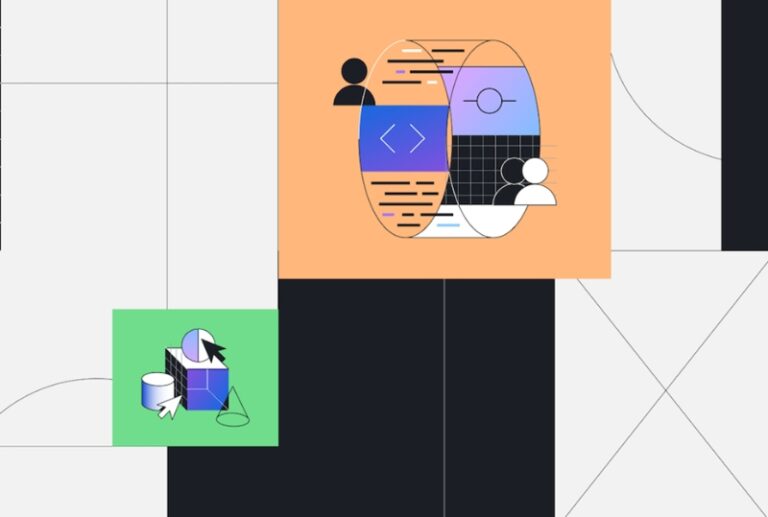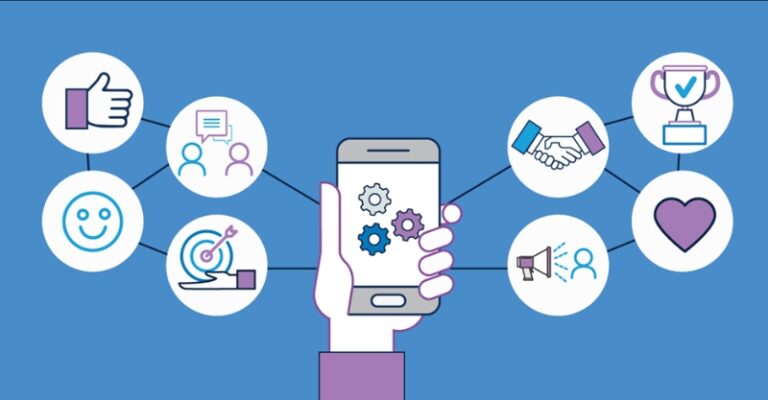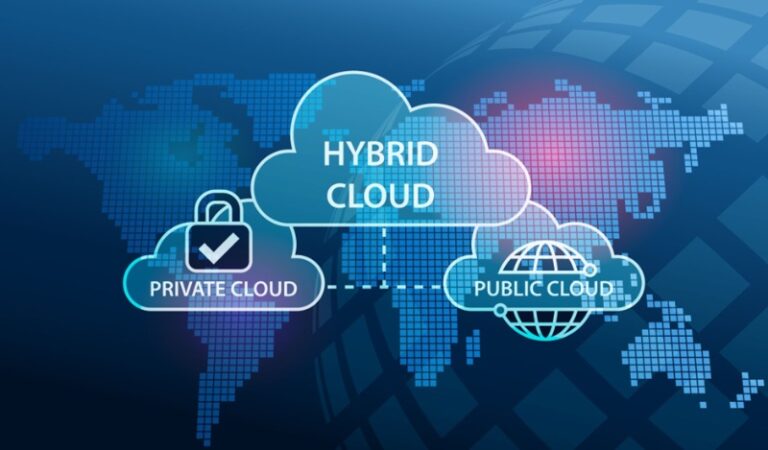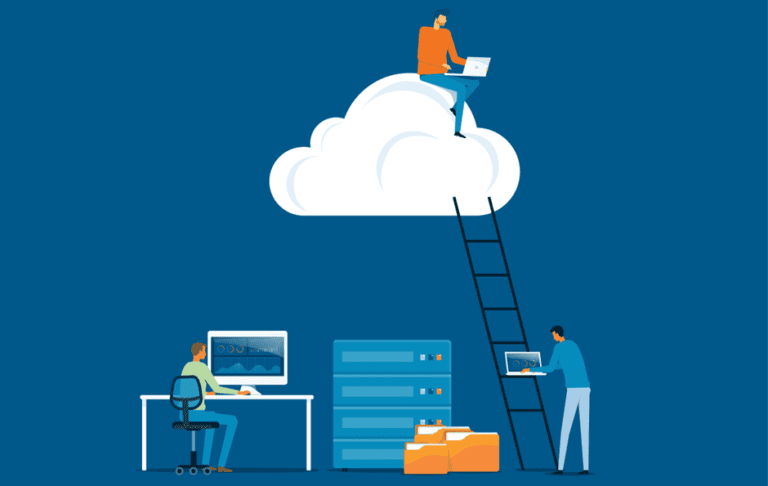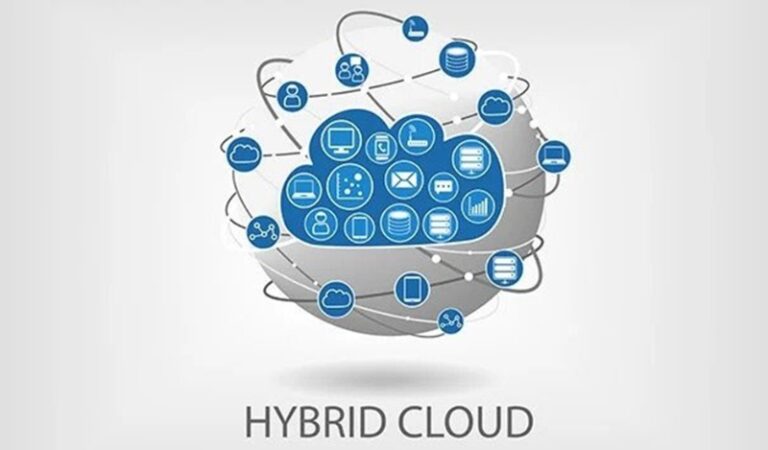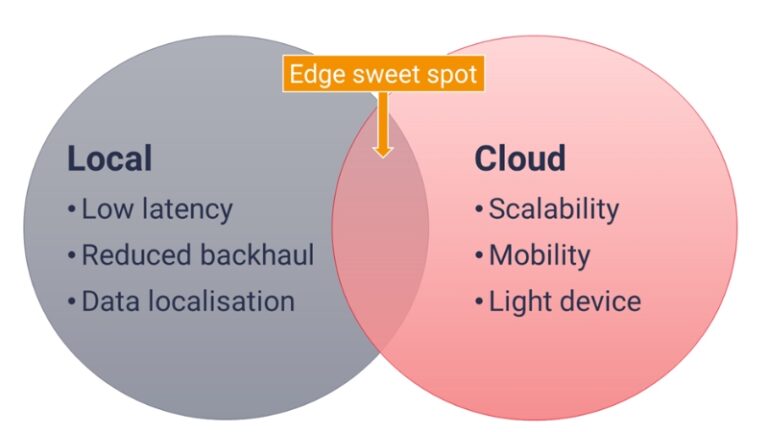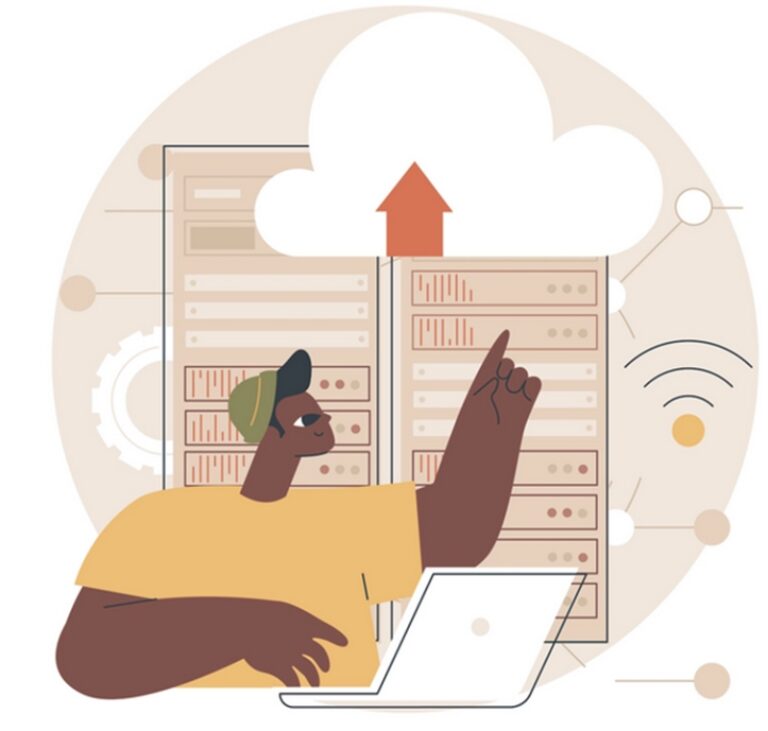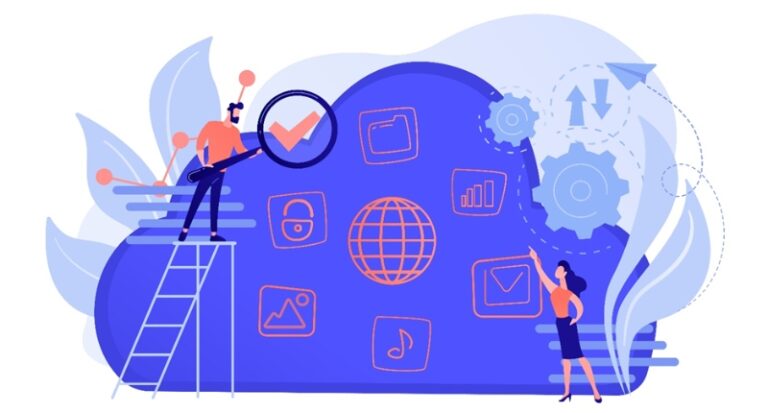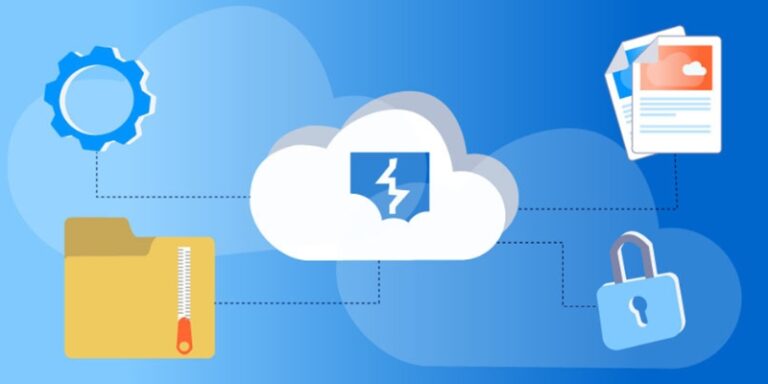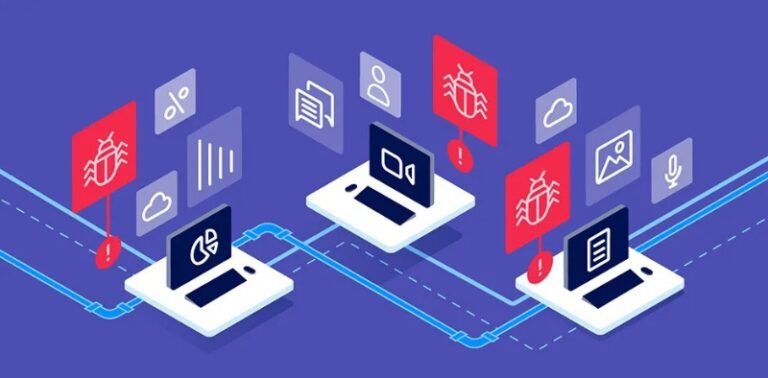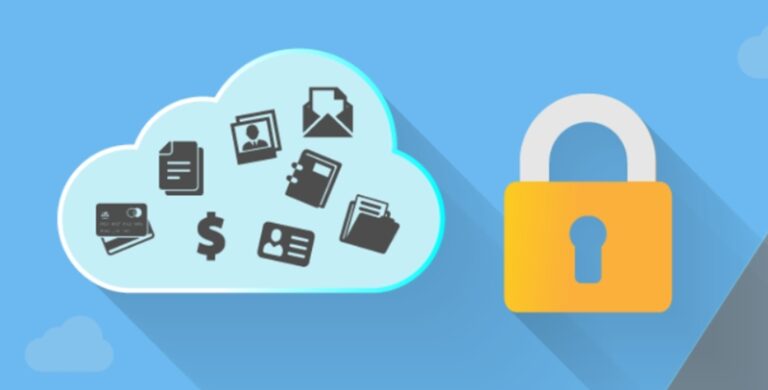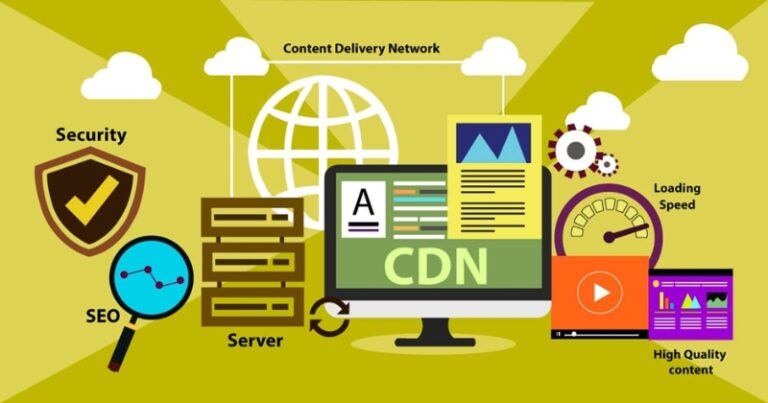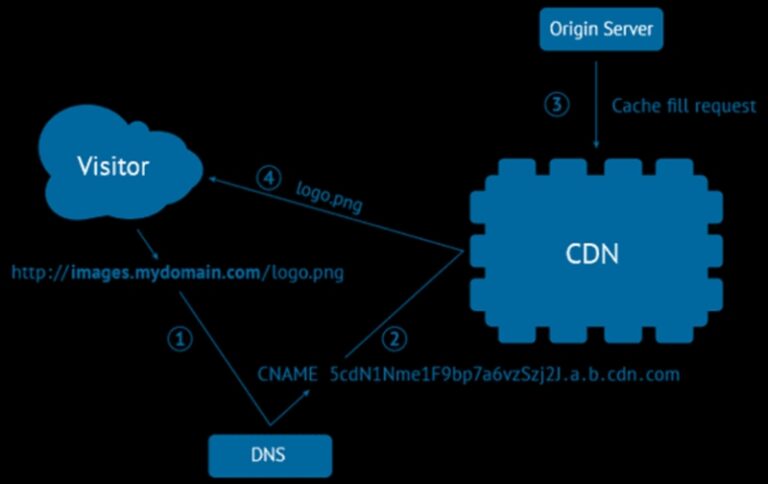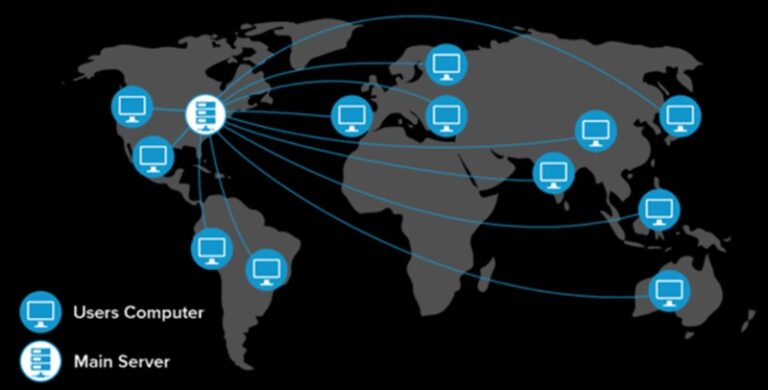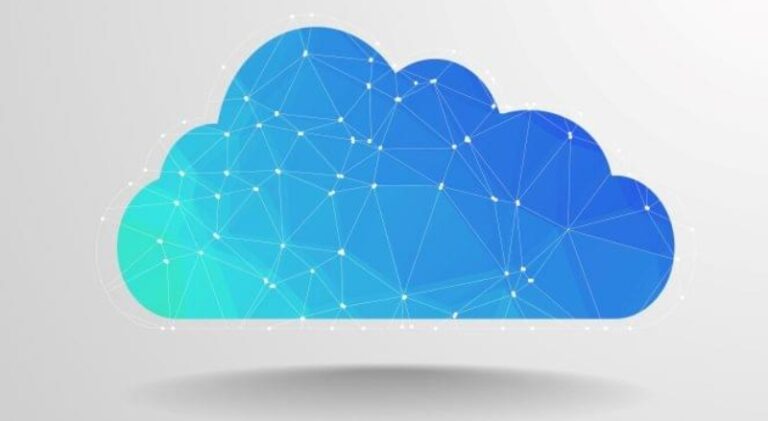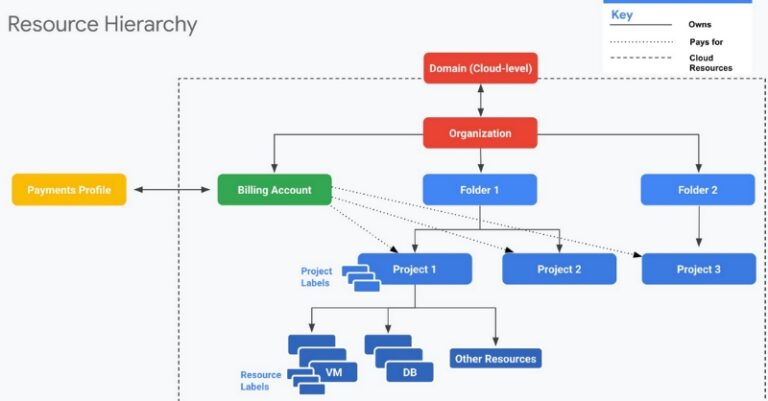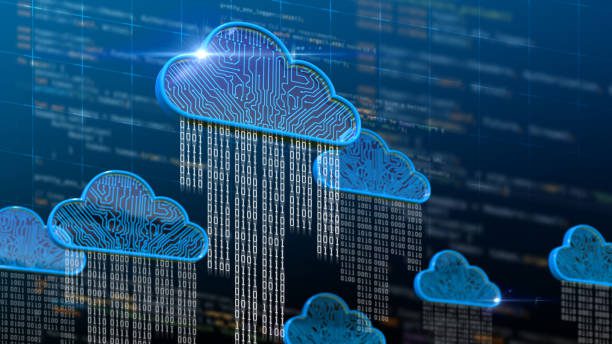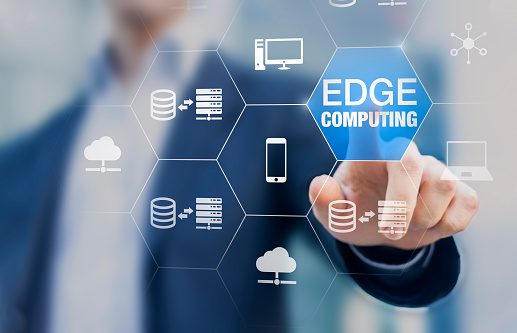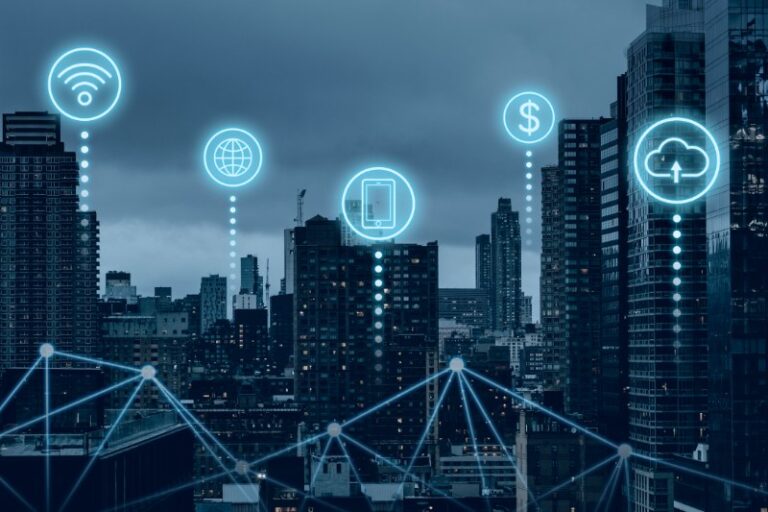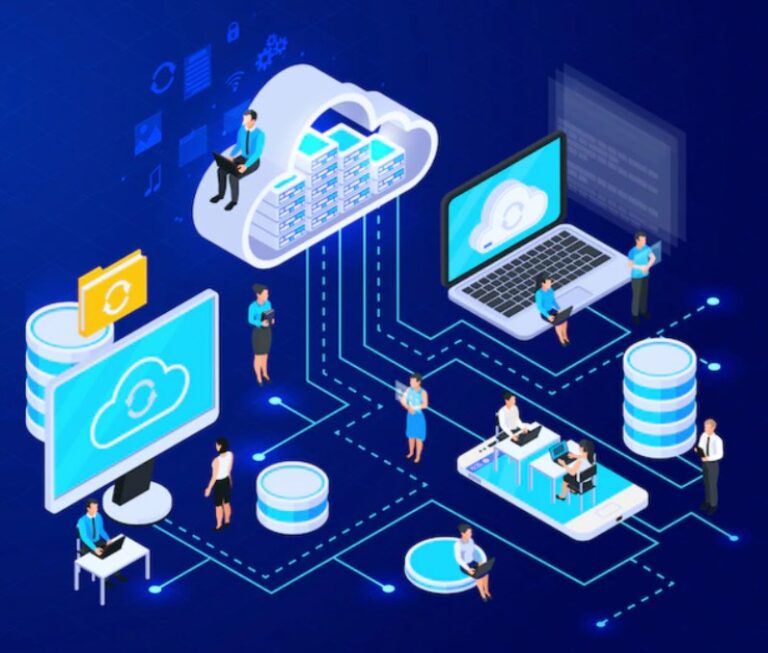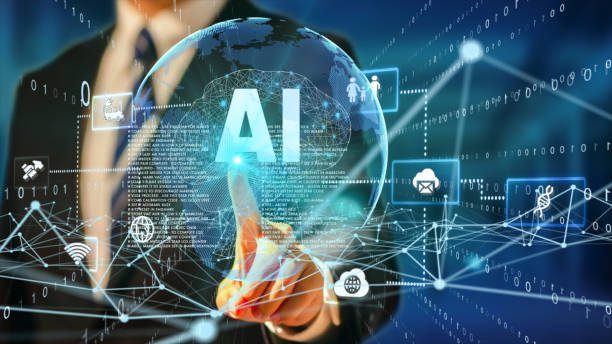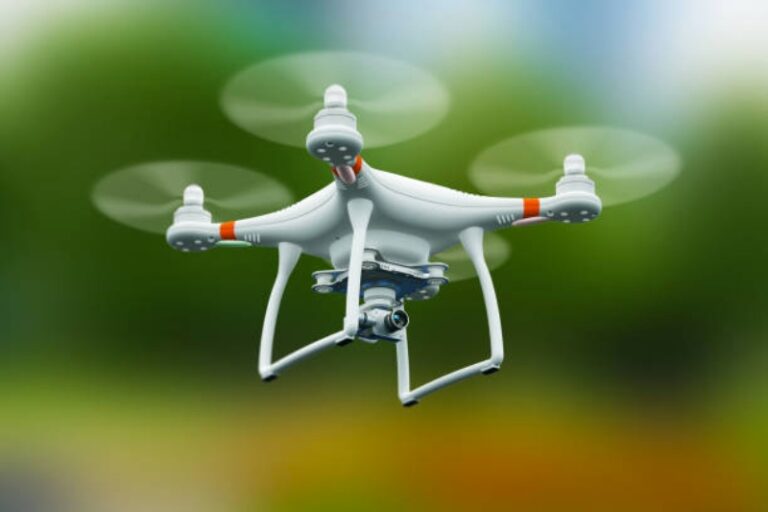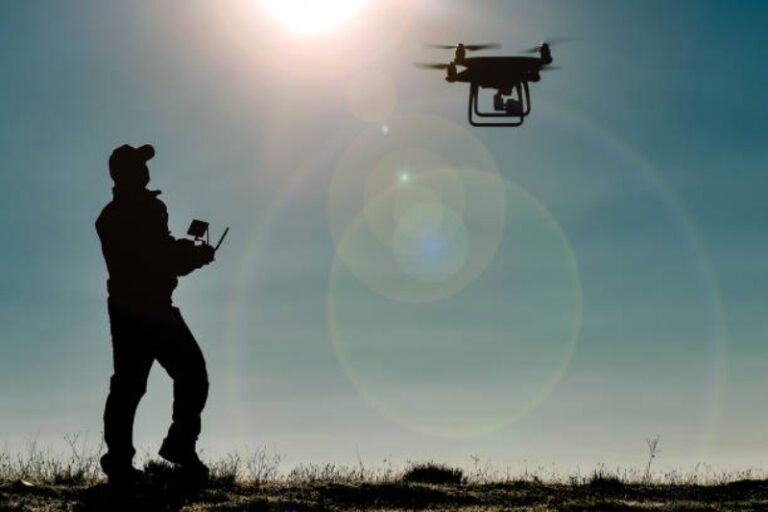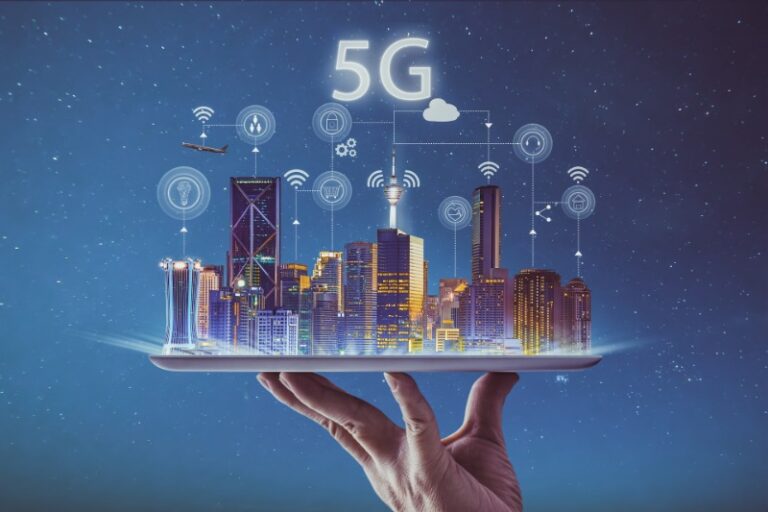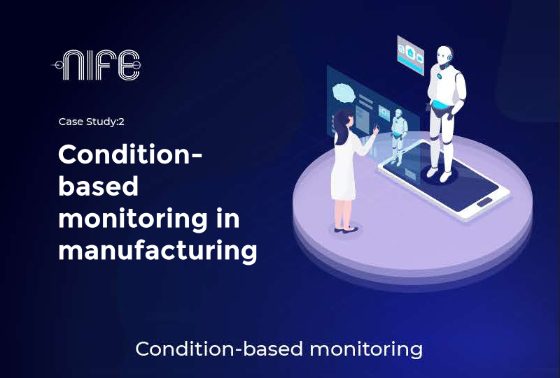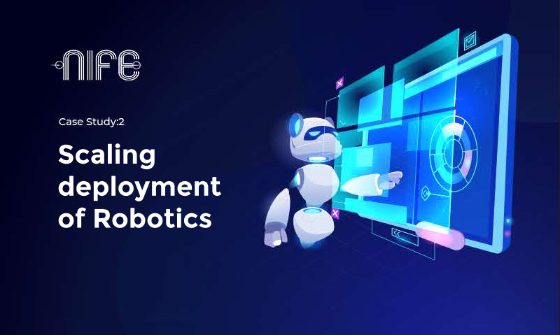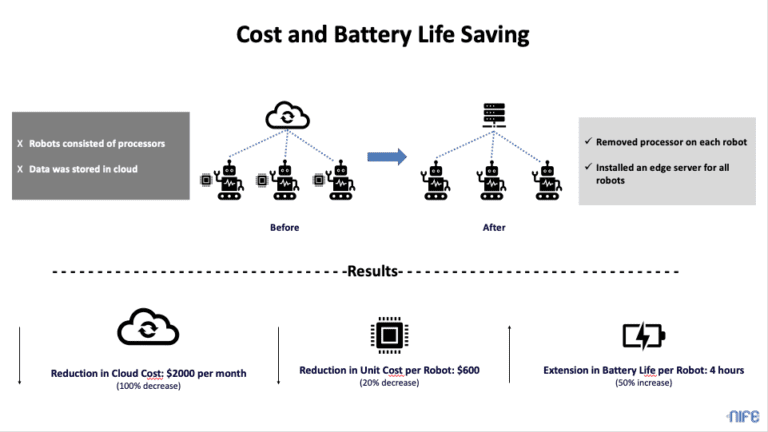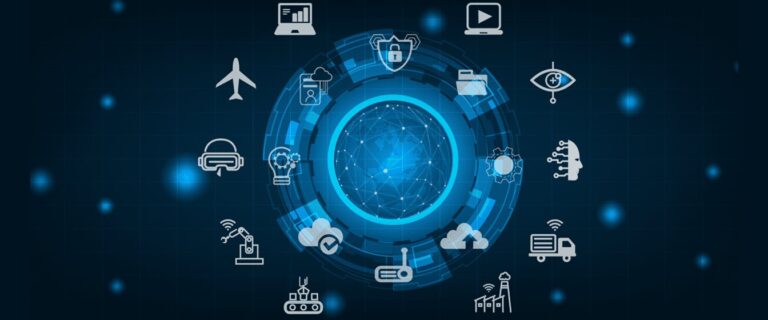Build, Innovate, and Scale Your Apps - Nife Will Take Care of the Rest!
Are you in search of a Hybrid Cloud Platform, which can help you build, deploy, and scale apps seamlessly, within less time span? Nife offers it all! Read on.
The cloud profoundly alters how we develop and operate apps. The rate at which DevOps make updates to their goods and services has been dramatically influenced by digital transformation. With over 500 million new apps projected to be produced in the next years, DevOps must strike a balance between managing the latest technology and developing new features.
Developers are crucial to today's environment, and the job you perform is critical to fuelling enterprises in every industry. Each developer and development team brings new ideas and creativity to the table. Our goal with Nife's Hybrid Cloud Platform is to serve as the foundation for all of this innovation, empowering the whole community as they construct what comes next. Using Nife's Hybrid Cloud Platform design patterns will help you achieve the agility, efficiency, and speed of innovation that your organization requires.
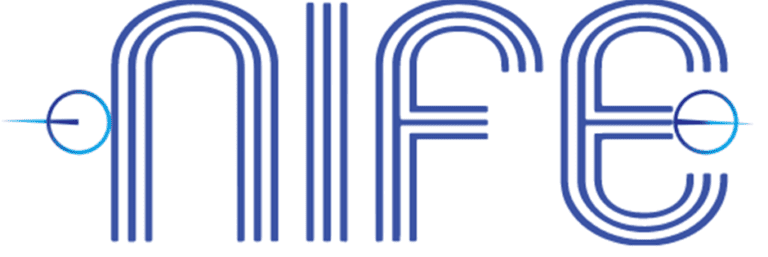
Nife's Modern Architecture opens up new options
Organizations throughout the world are focusing their main business goals on innovation, customer happiness, and operational efficiency. To achieve these objectives, businesses must rely on their applications to pave the way.
The following list could be useful for DevOps in Modern architecture using Nife's Hybrid Cloud Platform
Modern apps should be accelerated#
With Nife, you can help your firm innovate, cut expenses, speed time to market, and increase dependability.
Create new applications from scratch.#
Nife's application development is a powerful method for designing, producing, and managing cloud software that improves the agility of your development teams as well as the stability and security of your applications, allowing you to build and distribute better products more quickly. Get professional advice and understand fundamental principles to help you progress faster now.
Adopt a cutting-edge DevOps model.#
You may transfer resources from business as usual to distinguishing activities with deep customer value by using NIFE services, methods, and strategies that allow innovation and agility. Learn how NIFE can help you bring your builders, developers, and operations closer together so you can create, deploy, and innovate at scale.
Mitigate to update your applications.#
Many firms are upgrading to maximize corporate value. Discover NIFE's best practices and discover how to relocate and upgrade your business-critical apps now for increased availability, quick deployment, reduce DevOps investment and improved productivity.
Hybrid Cloud Platform: Nife's cloud-native designs enable large-scale innovation.#
At NIFE, cloud-native is at the heart of application innovation and Modern architecture. When we talk about cloud-native, we mean, reducing DevOps investment, the latest technology, and development processes that enable enterprises to design and deploy scaled apps easily. The speed and agility of cloud-native in NIFE are enabled by certain core pillars such as NIFE's PAAS Platform, entire web apps, APIs, and event-driven serverless functions that are proximate to the end-user without requiring them to worry about the underlying infrastructure.
The following are the characteristics of Nife's Hybrid Cloud Development and quick deployment:
Comprehensive automation Scale and adaptability Consistent knowledge Security with speed "Code to cloud" simplified Cost reduction
How Does Nife's Hybrid Cloud Platform Work?#
Nife's Hybrid Cloud Platform offers access to on-demand robust infrastructure from a global array of providers to seamlessly deploy any application anywhere. Nife includes rapid, quick deployment, reduce DevOps investment as well as an integrated versioning mechanism for managing applications. To allow your apps to migrate across robust infrastructure globally, you may deploy normal Docker containers or plug your code straight from your git repositories.
Deploy in Seconds#
Deploy your app from Docker images, or connect your GIT repository and simply deploy
Run globally in a Single Click#
Run your apps in some or all of the growing fast expanding regions or connect your robust infrastructure. Go global with 500 Cloud, Edge, and Telco locations.
Auto Scaling Seamlessly#
Any growing fast expanding region, any location at the closest endpoint at fingertips.
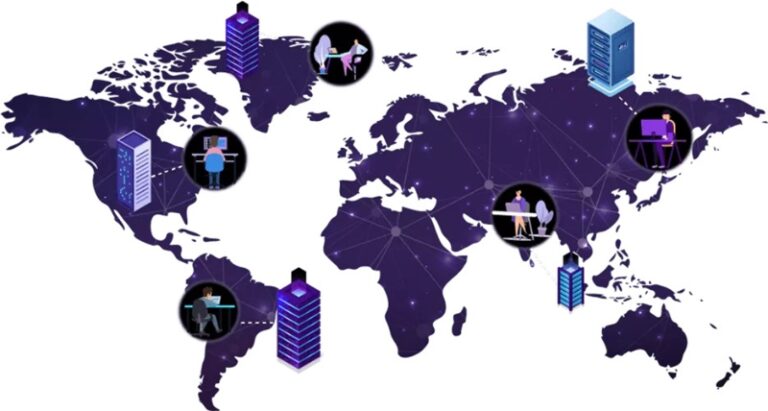
Nife's Hybrid Cloud Platform's strength and scalability#
The services provided by Nife's Hybrid Cloud Platform, as well as the underlying cloud architecture that lets you focus on creating and releasing code, distinguish it as a development platform and ecosystem. You may build on and exploit a full cloud-native platform, including containers, PaaS Platform APIs, event-driven serverless functions, and a developer-friendly serverless platform.
Conclusion on the Advantages of a Hybrid Cloud Platform#
Nife is a serverless platform for developers that allows enterprises to efficiently manage, launch, and scale applications internationally. It runs your apps near your users and grows to compute in cities where your program is most often used. Nife PaaS Platform enables you to deploy various types of services near the end-user, such as entire web apps, APIs, and event-driven serverless operations, without worrying about the underlying robust infrastructure. Applications may be deployed in growing fast expanding regions spanning North America, Latin America, Europe, and the Asia Pacific. The Nife edge network includes an intelligent load balancer and geo-routing based on rules.
